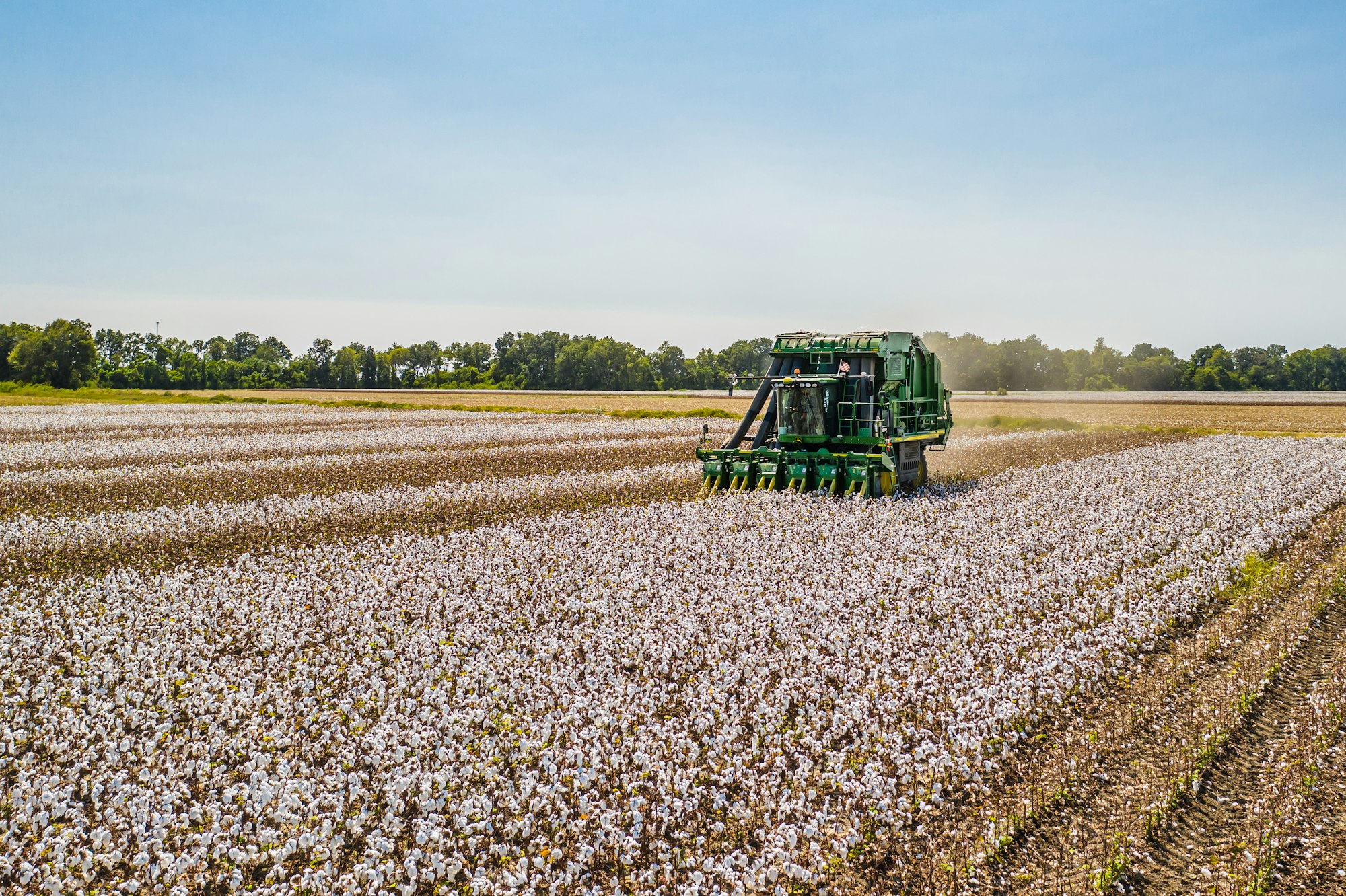US: Drought Causes Smallest Cotton Harvest in 13 Years
US cotton yield in 2022 is estimated to be the smallest since 2009, according to a monthly crop production report from the US Dept. of Agriculture (USDA).

Facts
- US cotton yield in 2022 is estimated to be the smallest since 2009, according to a monthly crop production report from the US Dept. of Agriculture (USDA).
- The assessment published Fri., cut the nation’s predicted cotton crop output by 19% (almost 3M bales). It also predicted that the domestic carryout would fall to 1.8M bales, with the greatest harvest fall forecast for Texas — 2.9M bales overall this year, compared to 7.7M in 2021.
- Drought-struck American farmers are expected to harvest only 60% of the 12.5M acres of cotton sowed and many will be reliant on federal crop insurance to keep themselves in business.
- The pressure on supplies has caused December Cotton Futures, the most-traded contract, to rise by the greatest amount allowed by exchange rules twice in a row.
- Harvests have been affected by a severe drought with fields scorched by record-breaking hot weather. Many areas haven’t registered measurable rainfall since July 2021.
- The effects of extreme weather on harvests in the US aren’t limited to cotton production. The future of corn, as a result of drought in the southwest, is uncertain, while some agricultural experts have speculated the impact could see winter wheat production decrease.
Sources: Agriculture, Gro-Intelligence, Wall Street Journal, Newsbud, and Agri-Pulse.
Narratives
- Narrative A, as provided by WE Form. The US is one of many nations that are struggling with the effects of a long-lasting dry spell. Drought frequency and duration have risen by almost a third globally since 2000, and unless something is done, the climate crisis that’s causing water stress across the world could affect more than 75% of humanity by 2050.
- Narrative B, as provided by FT. It’s easy to dismiss extreme weather events as a consequence of climate change, but in reality, weather events are usually influenced by a myriad of factors that have nothing to do with it. More research is needed before we can establish any direct causal link between the current situation and climate change.






